The Historical Significance of Cacaxtla
Cacaxtla, an archaeological site of considerable importance, is situated near the southern border of the Mexican state of Tlaxcala. This site, renowned for its expansive palace adorned with vibrantly colored murals in Maya style, represents a significant cultural and historical intersection. The nearby site of Xochitecatl, a more public ceremonial complex, is closely associated with Cacaxtla. Both sites flourished between 650 and 900 AD, likely dominating crucial trade routes in the region with a population not exceeding 10,000 individuals.
Get your dose of History via Email
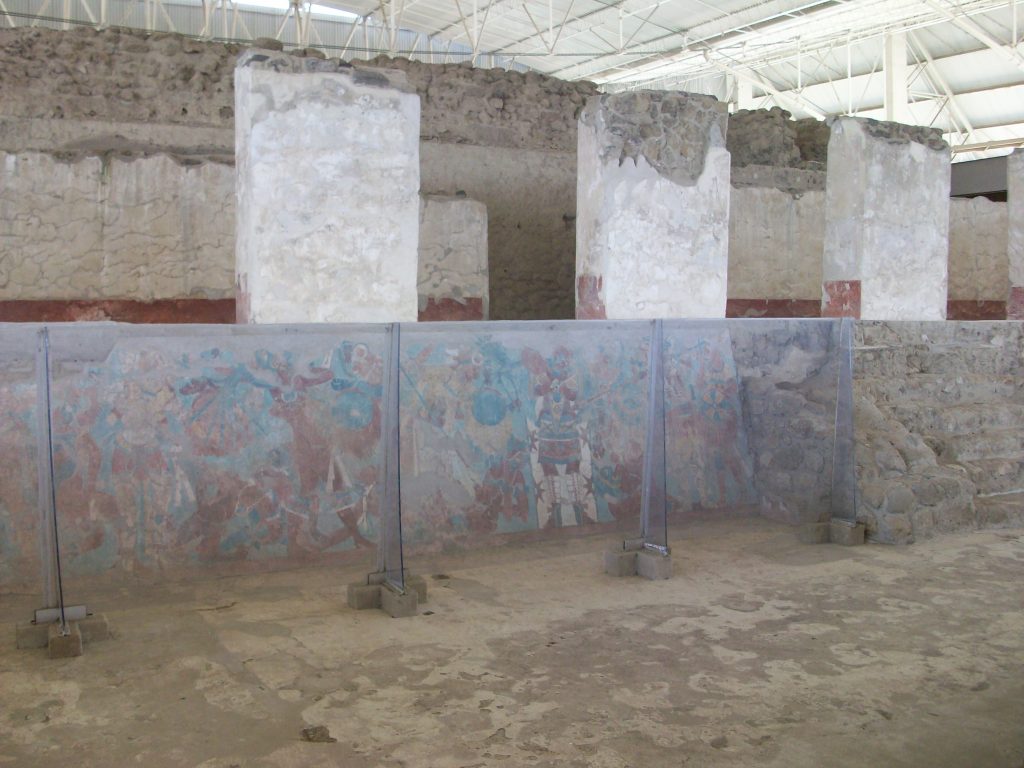
Origins and Historical Context
Cacaxtla served as the capital of a region inhabited by the Olmeca-Xicalanca people. The origins of the Olmeca-Xicalanca remain uncertain, though it is speculated that they originated from the Gulf coast region, possibly as Maya settlers who migrated to central Mexico around 400 AD. The term “Olmeca-Xicalanca” was first documented by the Tlaxcalan historian Diego Muñoz Camargo in the late 16th century, who identified Cacaxtla as the principal settlement of the “Olmeca”. This reference is somewhat confusing as the Olmec culture, to which he refers, had ceased to exist around 400 BC, nearly 800 years prior.
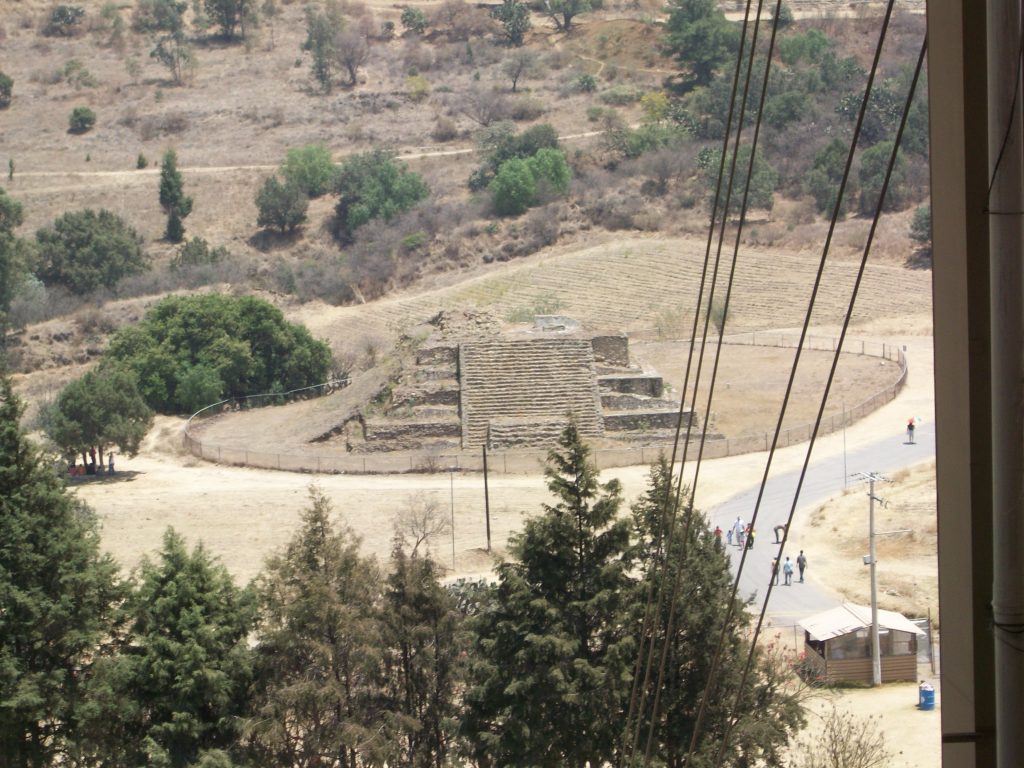
Following the decline of the nearby city of Cholula between 650 and 750 AD — a downfall in which the Cacaxtlecas may have played a role — Cacaxtla emerged as the hegemonic power in the Tlaxcala–Puebla valley. Despite their temporary takeover of Cholula, Cacaxtleca warriors were eventually expelled by the Toltecs. The city’s prominence waned around 900 AD, and it was abandoned by 1000 AD.
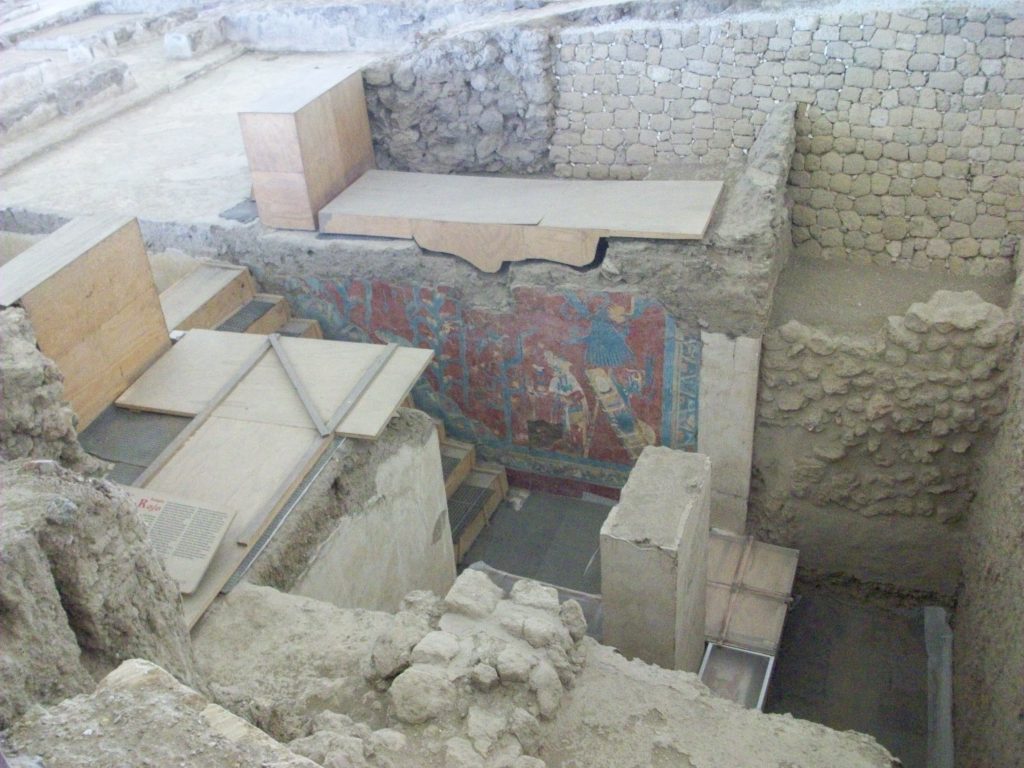
Rediscovery and Excavation
The site was rediscovered in September 1975 by maintenance workers, drawing immediate archaeological interest. A team led by archaeologists Eduardo Merlo Juárez, Diana Lopez-Sotomayor, and Daniel Molina-Feal dedicated over six years to its excavation. Initial efforts focused on clearing the tunnel opened by the maintenance workers, leading to the discovery of the “Gran Basamento” and its murals. The primary goal of these excavations was to protect the murals and structures from weather damage and looters.
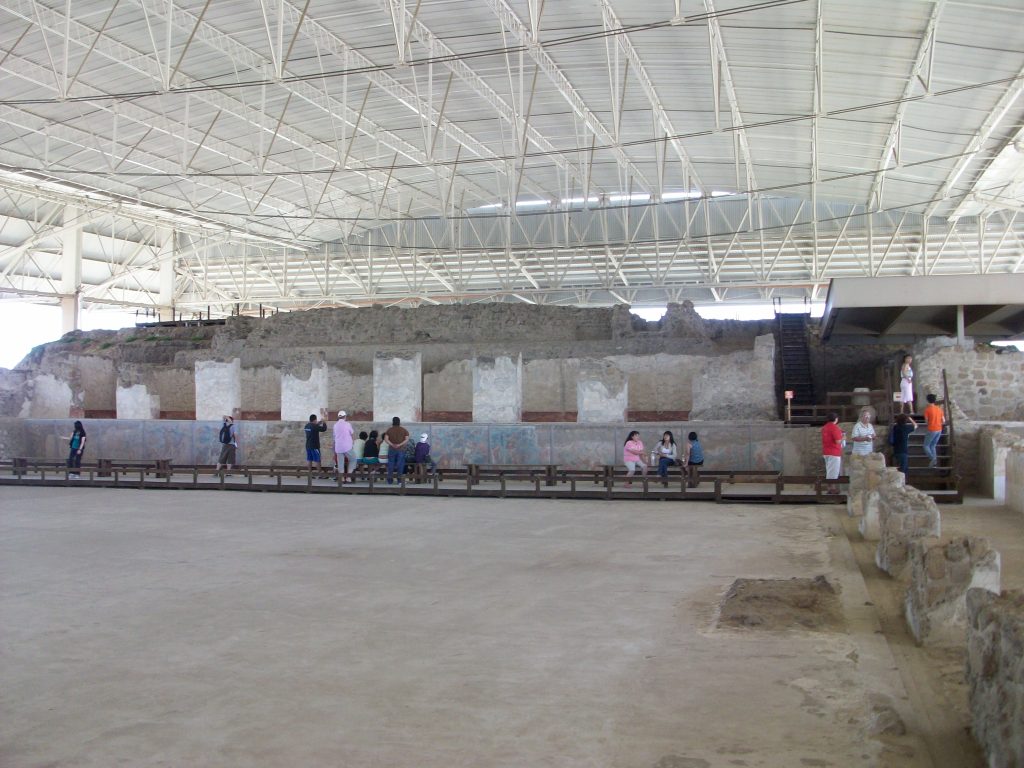
Architectural and Artistic Highlights
The city’s core was the Gran Basamento, a 200-meter-long, 25-meter-high natural platform that housed the main religious and civil buildings, as well as the residences of the priest class. The preservation of original colored wall decorations, particularly the murals that blend Mexican altiplano cultures with Maya influences, is a unique feature of Cacaxtla.

The “Battle Mural” is among the most celebrated of Cacaxtla’s paintings, depicting a conflict between two distinct ethnic groups and showcasing a mix of cultural symbols. Other notable murals include those depicting priestly figures associated with deities such as Quetzalcoatl and representations related to the planet Venus, highlighting the site’s astronomical and calendrical knowledge.
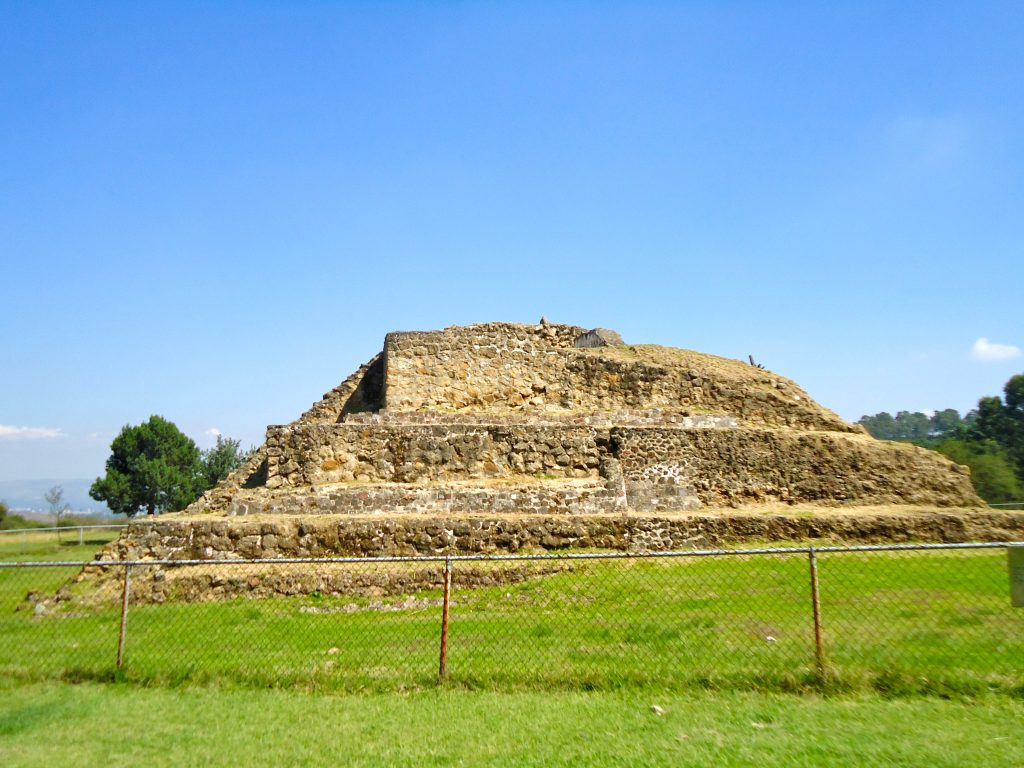
Visiting Cacaxtla
Managed by the National Institute of Anthropology and History (INAH), Cacaxtla is accessible to the public, offering a glimpse into the rich cultural tapestry of ancient Mexico. The site’s proximity to Xochitecatl further enriches the visitor experience, providing a broader understanding of the region’s ceremonial and trade significance.
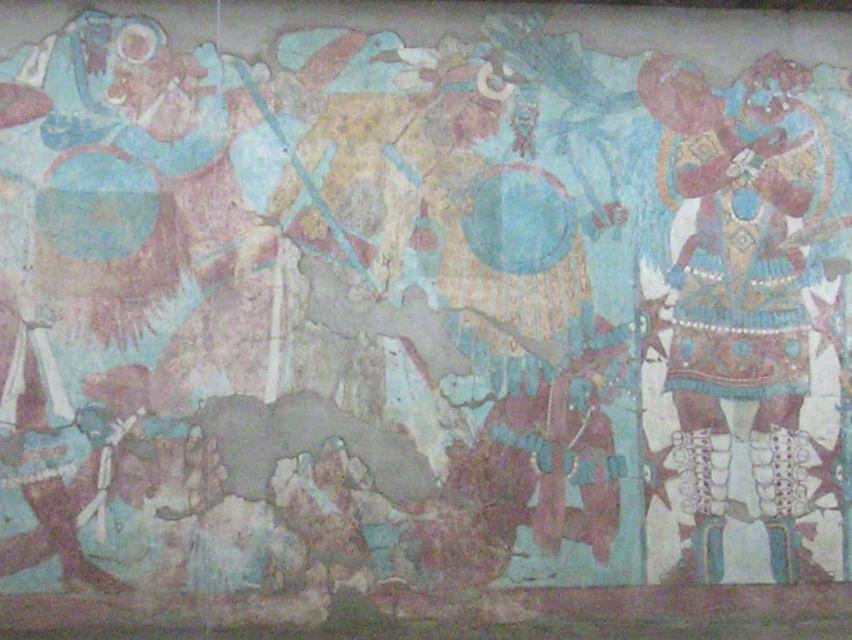
At a Glance
- Civilization Name: Olmeca-Xicalanca
- Country Located: Mexico
- Age of Site/Place: Flourished 650-900 AD

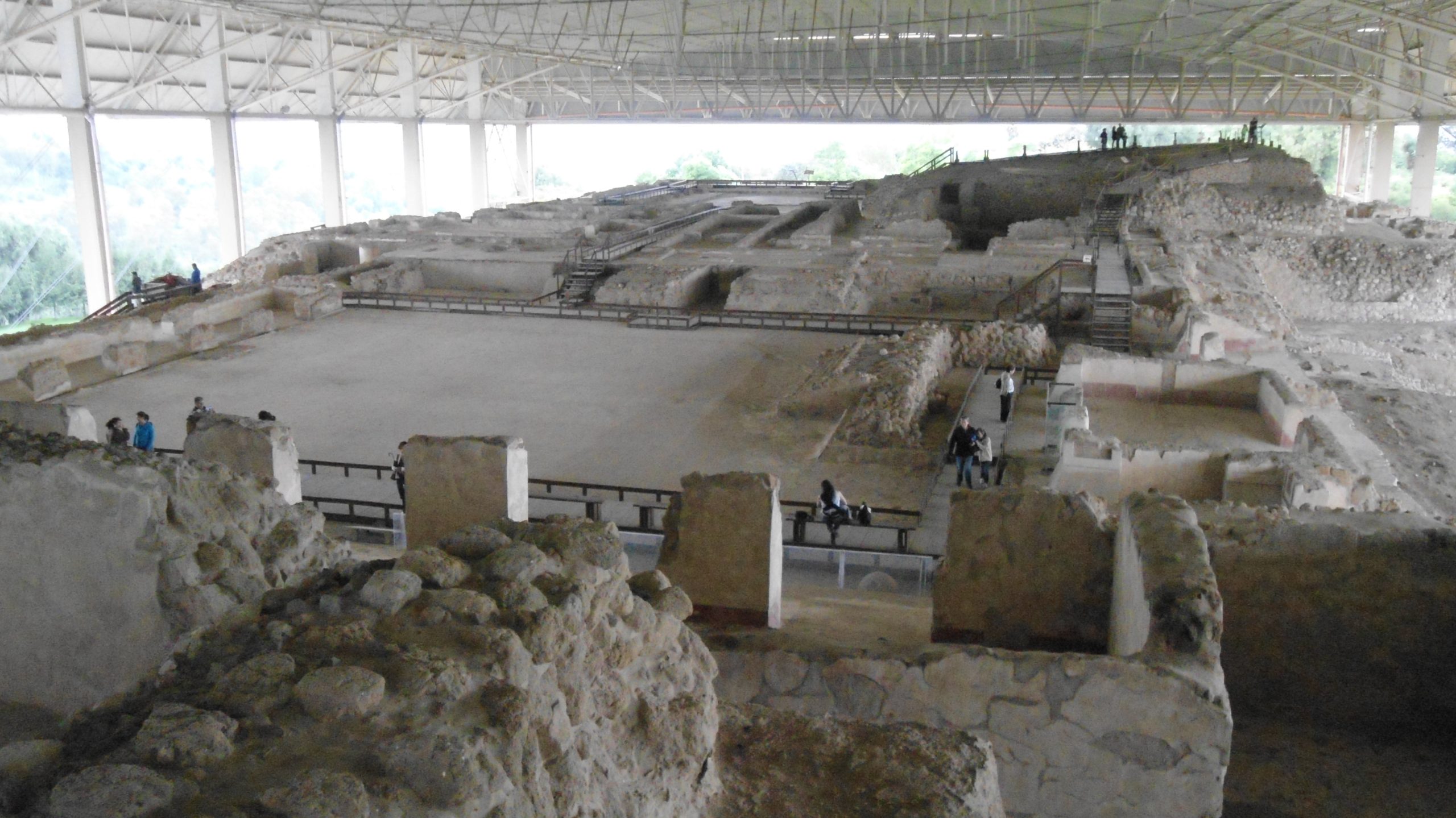
Thank you for this great insight into the Olmc people, plus so much more. I have a question, please, where did they come from?